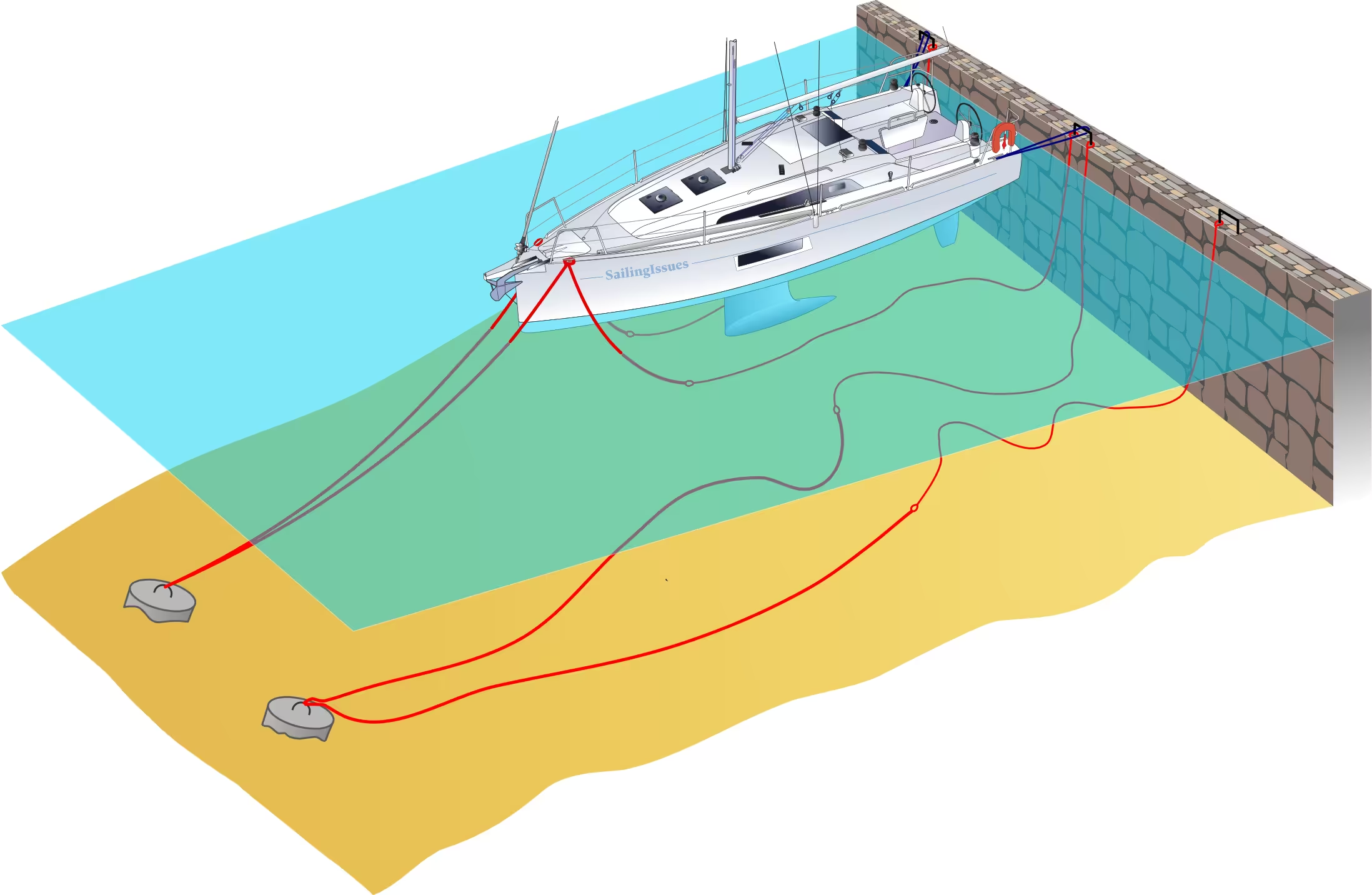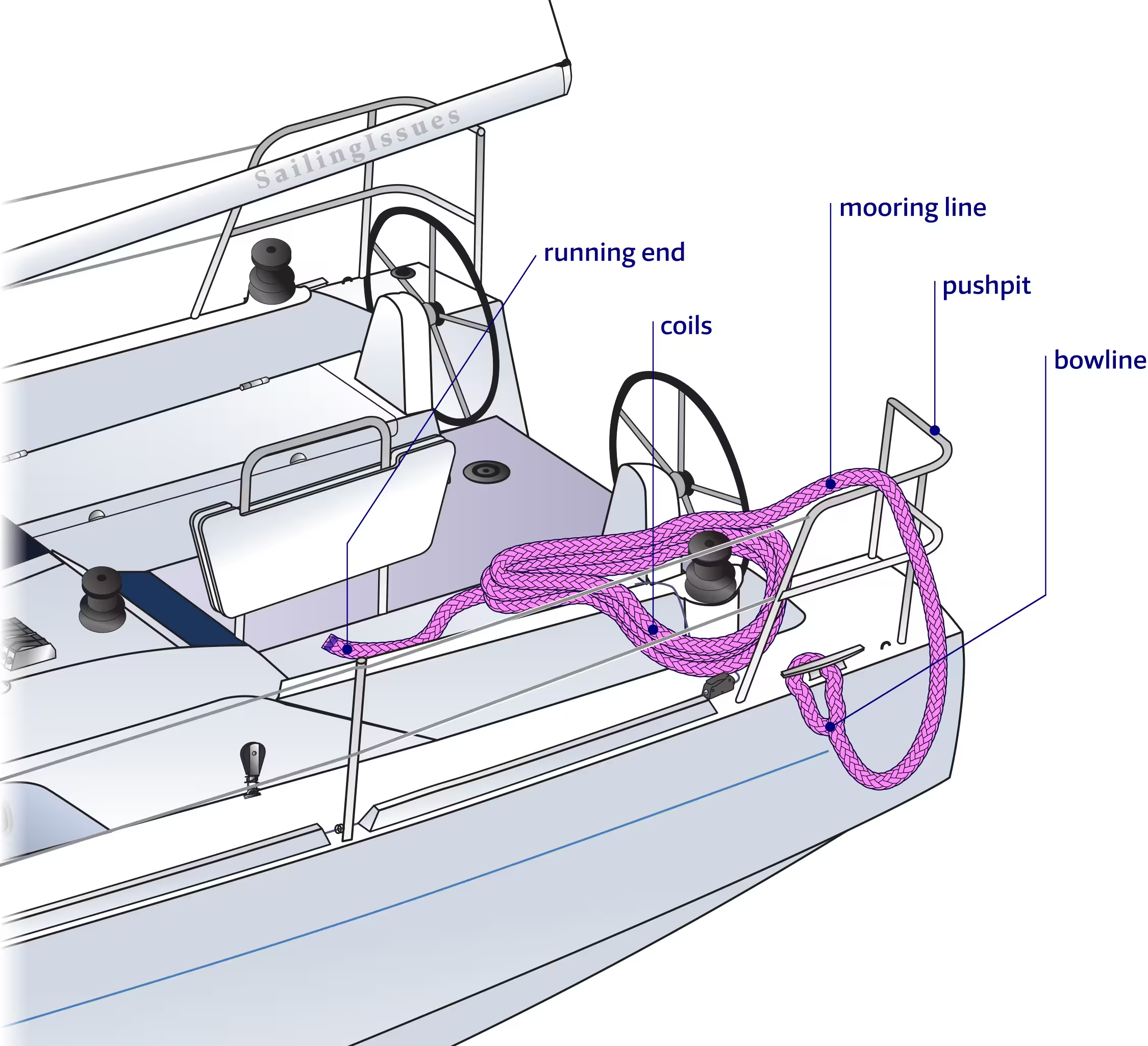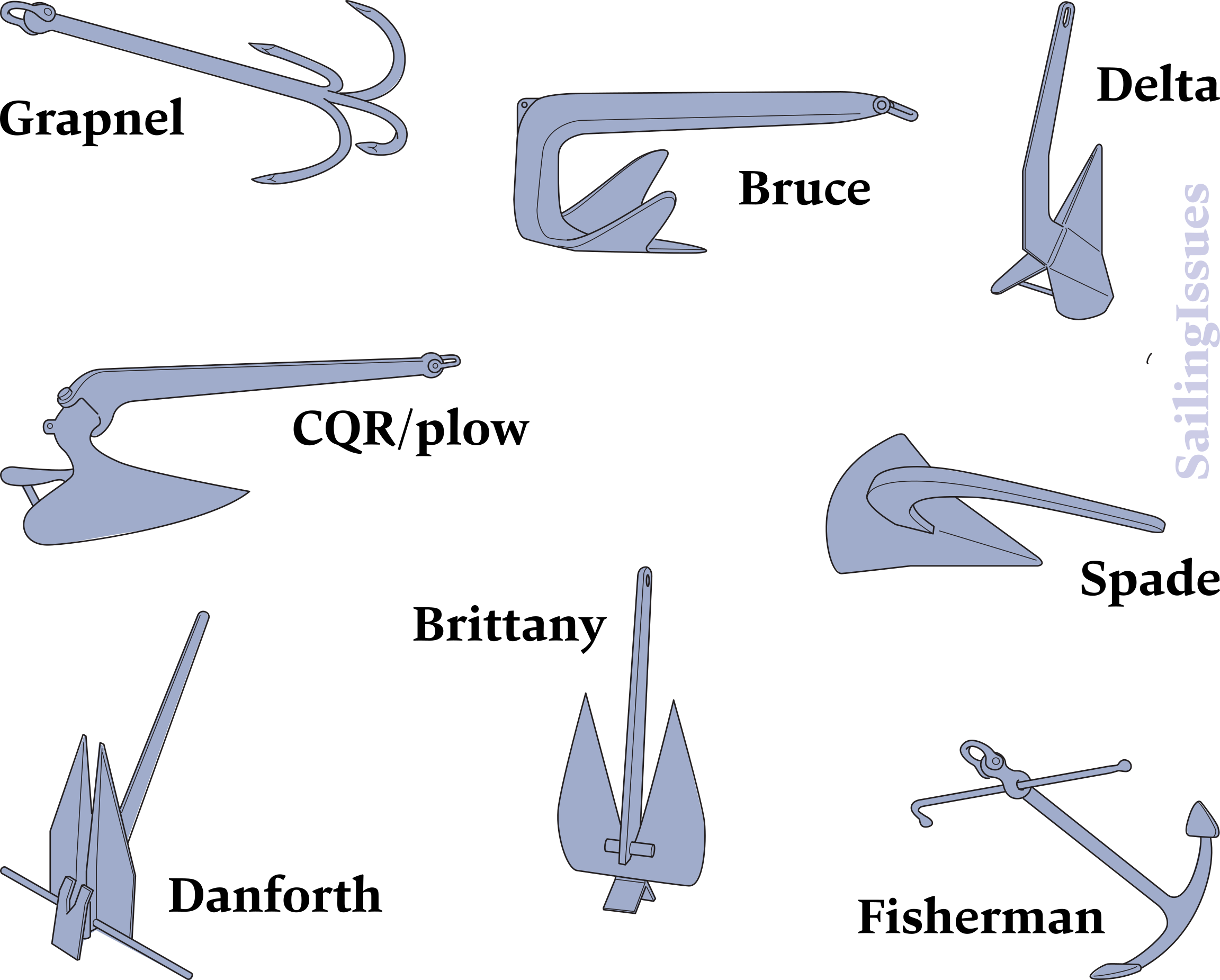Anchoring & Mediterranean mooring
This is a free course on anchoring techniques featuring anchor types, seabeds, trip lines the use of the second anchor and of course the Mediterranean mooring manoeuvre.
It is crucially important to have expert anchoring skills:
- Anchoring is about safety, and under the very worst conditions, when leaving the anchorage or port is dangerous, you should be able to rely on your anchor system since you will be near rocks, neighbouring ships and other potential dangers.
- In the east Mediterranean – especially in Greece & Turkey but also in the Adriatic & Croatia – more time is spent at anchor than under sail or moored alongside a quay: you will predominantly be anchored off the quay while Mediterranean mooring “stern to” and even sometimes “bows to”, instead of berthing alongside.
- Chapter 1 – Seabed
- Chapter 2 – Anchors - types and anchor parts
- Chapter 3 – Anchoring techniques
- Chapter 4 – Second anchor
- Chapter 5 – Mediterranean mooring and anchoring techniques
- Chapter 6 – Anchoring tips, guidelines & glossary.
Lazy lines
Docking stern-to with lazy-lines is a version of Med Mooring without using the anchor. This mooring system is used throughout the Mediterranean Sea and is essential in ports where anchors can cross, waterfronts are crowded or concave, or the seabed is too deep.
Lazy lines are non-floating and are either secured to large concrete blocks, or to massive chains that are laid out parallel to the quay, in front of the berths.
There are two systems:
- The configuration where the lazy line is attached to the quayside where it can be picked up – see image below – from the stern of the boat. These lazy-lines can come in pairs: two per berth.
- The configuration where the lazy line is attached to a buoy in front of the berth, from where it can be picked up from the bow; less common.
When not in use the line rests on the sea bed, away from boats and propellers. When properly tensioned off the bow of a yacht, it will hold the boat off the quay, even in strong winds.
Pilot guides such as Eagleray or the Greek Waters Pilot will tell you which quays in which ports are outfitted with lazy lines. But you should always verify if neighbouring yachts have their anchors on the bow or deployed, or whether you see ropes or rather chains extending from their bows.
- At pontoons and marinas you will generally find lazy lines installed.
- At public, concrete, quaysides you will usually be required to anchor.

- The lazy lines are attached to the quay by a smaller line. The heavier end is connected to a concrete mooring block on the seabed; both lines are shown in red.
- Only non-floating rope types are used, but these can still end up in the propeller if you are too hasty: wait till they have sunken to the bottom.
- The empty berth to port of the moored boat shows the sunken lazy lines before use.
- There can be either one or two lines per berth.
- The boat illustrates how the lazy line(s) act as an anchor, therefore its own Delta anchor is still on the bracket. The hawsers at the stern (shown in navy colour) are taken ashore as normal.
Preparation
Ensure your stern mooring lines are organized on deck, tied to the aft cleats, and neatly coiled to prevent tangles.

To leave enough room on the cleat, use a bowline to fasten the mooring line.
Make long, even full-arm span coils and drape these around the genua winch: no risk fouling the propellor and no tangles.
Place all fenders on the outside of the guardrail at vulnerable positions including the stern.
Use a slipped clove hitch to tie on your fenders.
Fasten the dinghy with a long line to a mid-ships cleat, so when you reverse into the berth the dinghy will slip towards the bow and out of the way.
With two lazy lines per berth the windward line should be brought and secured to the bow first, and the dinghy should be tied to the leeward mid-ships cleat.
Picking up the lazy-line
Once within a metre of the quay, a person on the shore will hold out and raise the line. Select an experienced crew to accept the line by leaning out from the aft quarter, optionally using a boat hook.
Connect the windward stern line to the quay first, while the crew leads the lazy line forward to tie off on a bow cleat. Instruct the crew to keep the line on the outside of the shrouds, guardrail and stanchions while leading it to the bow.
Anchor origin
The Greek word for “anchor” is agkura, ἄγκυρα, which is actually a loanword from Nautical Latin “ancora”.
